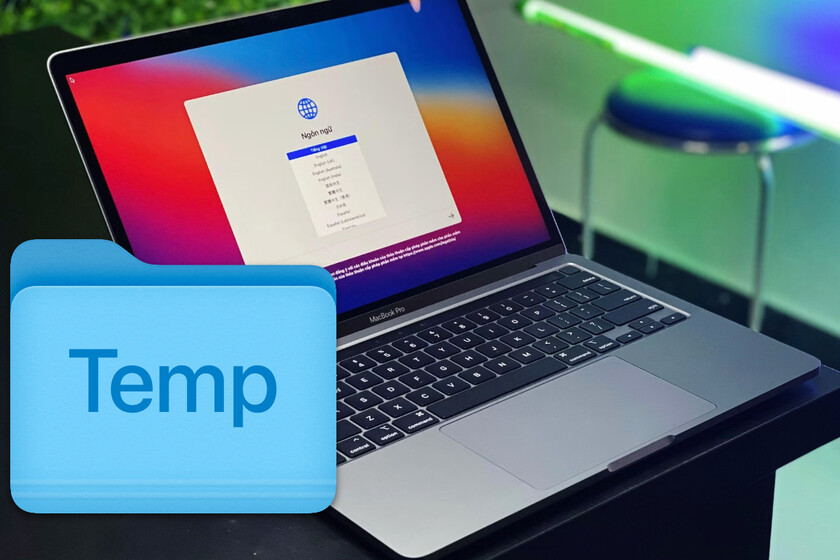We’ve seen plenty of ways to free up space on a Mac, from tools designed for it to tricks that any user can take advantage of. But there are times when a Mac is old or has an operating system that is not compatible with modern versions of apps that would fix a space problem in minutes.
That’s why it’s always good to keep in mind a few tricks up your sleeve like the one we’re going to tell you about today: manually dig into a macOS temporary files folder
The tricky but useful macOS temporary folder
First of all, the right situation to use is if you have an older Mac with performance issues or errors due to its storage being full. Maybe there isn’t even enough space to install new apps.
If this is your case, first close all the applications you have open on the Mac, you should only have the Finder open (which after all cannot be closed) and the Terminal application which we are going to need to to do . You can locate and open it in the Applications directory, in the ‘Utilities’ subdirectory.
Once the terminal is open, type the command ‘open $TMPDIR’. You will see that a system folder will immediately open in which there are several directories and files:


Warning: do not delete or modify anything here lightly. Make sure all other apps are closed, then look for directories with the names of apps you no longer have or use. You can delete these folders (it may ask you for your Mac’s administrator password to do this). Keep in mind that deleting data from this folder could corrupt some files and apps, requiring you to reinstall them.
Resorting to it is not the most normal thing, but as I said before, it can be an interesting technique when you have no other choice and the space saturation prevents you from doing something else thing. Some of these temporary folders can store very large files, so if you don’t use the apps that contain them, you can easily delete them.
Imagen | Mr. Nhat
In Applesphere | Apple’s four tips for keeping your kids safe online









